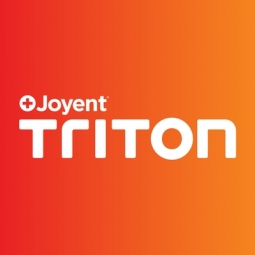下载PDF
Voxer Success Story
技术
- 平台即服务 (PaaS) - 连接平台
适用行业
- 电信
- Software
适用功能
- 销售与市场营销
- 商业运营
用例
- 对话机器人
- 实时定位系统 (RTLS)
服务
- 云规划/设计/实施服务
- 软件设计与工程服务
挑战
Voxer, a social networking application that turns your phone into a walkie-talkie and an all-in-one messenger, faced a challenge when its user base grew 10X over the course of a month. Their Linux-based storage system could not handle the load, leading to peak times where users had to wait for their messages to be downloaded, instead of always streaming them live. Voxer's back-end software is written entirely in Node.js, which can be challenging to understand and operate in production and at scale. The company needed to improve performance and gain complete transparency into all critical processes in the Voxer architecture and application stack, from low-level CPU and disk processes to database queries to web application servers and HTTP operations.
关于客户
Voxer is a social networking application that delivers walkie-talkie capabilities to a smartphone. It is one of the world’s largest and most popular Node.js applications, attaining the top ranking in its category in both the Apple App Store™ and the Android Market™. The application automatically detects other Voxer users who are already in a social graph and allows the user to immediately talk to them in real-time with voice quality comparable to standard cell phone calls. Originally developed as a distributed communications tool for first responders and other push-to-talk (PTT) users, Voxer has exploded in popularity among urban teens and other civilian users who enjoy the ease of use and the free messaging capabilities, delivered over WiFi, 3G and 4G mobile networks.
解决方案
Voxer CTO Matt Ranney elected to move Voxer’s core applications from bare-metal running in a managed hosting environment to the Joyent Cloud. As part of the move, Voxer transitioned its application stack off of the Linux operating system and on to Joyent SmartOS, a high-availability carrier grade cloud operating system. Ranney chose to make the switch specifically to take advantage of SmartOS’ Joyent Cloud Analytics and DTrace. DTrace is a dynamic tracing framework that allows operations teams and developers to analyze and instrument in nearly any part of any discrete compute process via 70,000 probes embedded throughout SmartOS. DTrace enables these deep-dive analytics in production environments in real-time with minimal system load (less than 1%). SmartOS also features unique debugging tools for Node.js that allow transparency equivalent to what can be achieved with native unabstracted coding and application environments.
运营影响
数量效益
相关案例.

Case Study
Vodafone Hosted On AWS
Vodafone found that traffic for the applications peak during the four-month period when the international cricket season is at its height in Australia. During the 2011/2012 cricket season, 700,000 consumers downloaded the Cricket Live Australia application. Vodafone needed to be able to meet customer demand, but didn’t want to invest in additional resources that would be underutilized during cricket’s off-season.

Case Study
SKT, Construction of Smart Office Environment
SK T-Tower is the headquarters of SK Telecom. Inside the building, different types of mobile devices, such as laptops, smartphones and tablets, are in use, and with the increase in WLAN traffic and the use of quality multimedia data, the volume of wireless data sees an explosive growth. Users want limitless Internet access in various places in addition to designated areas.









